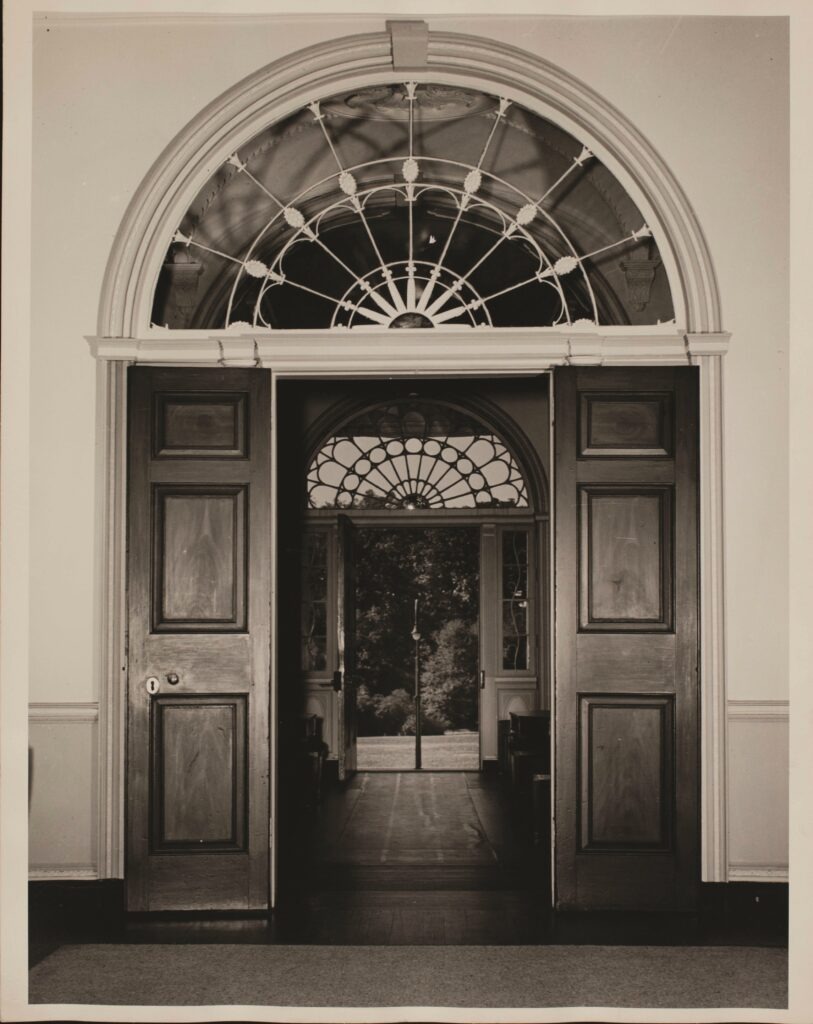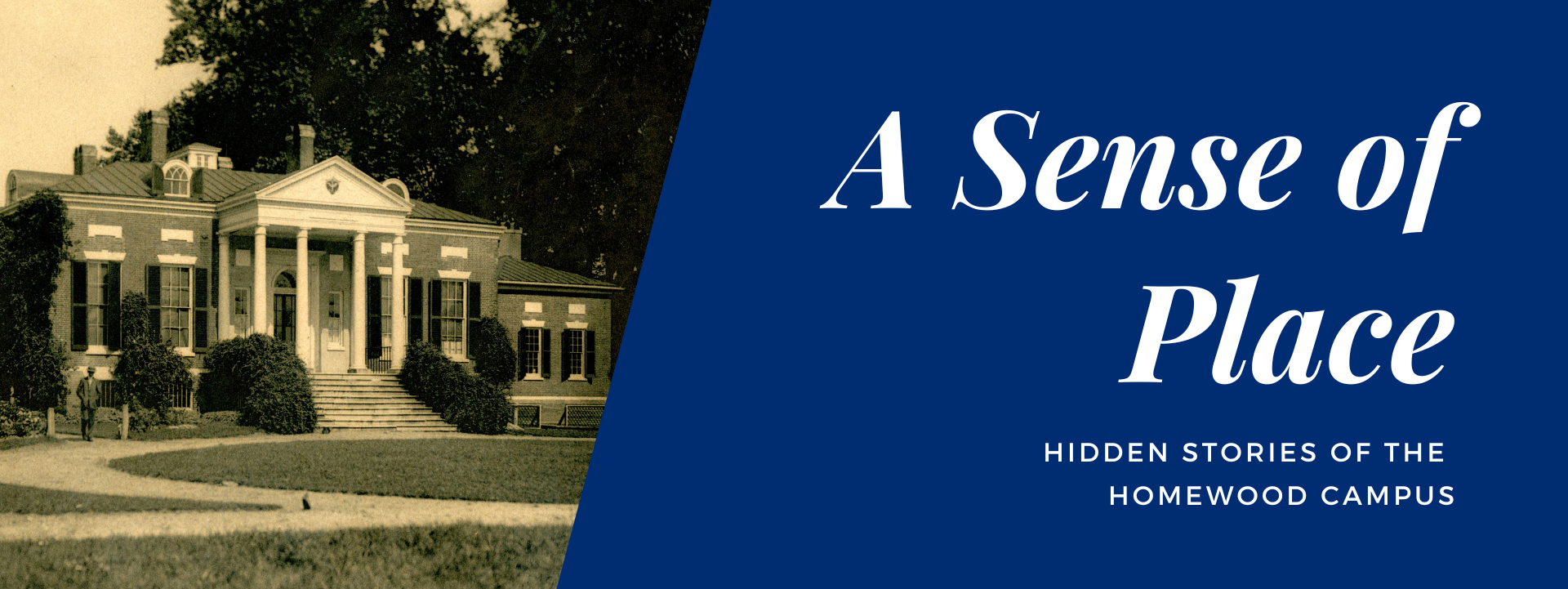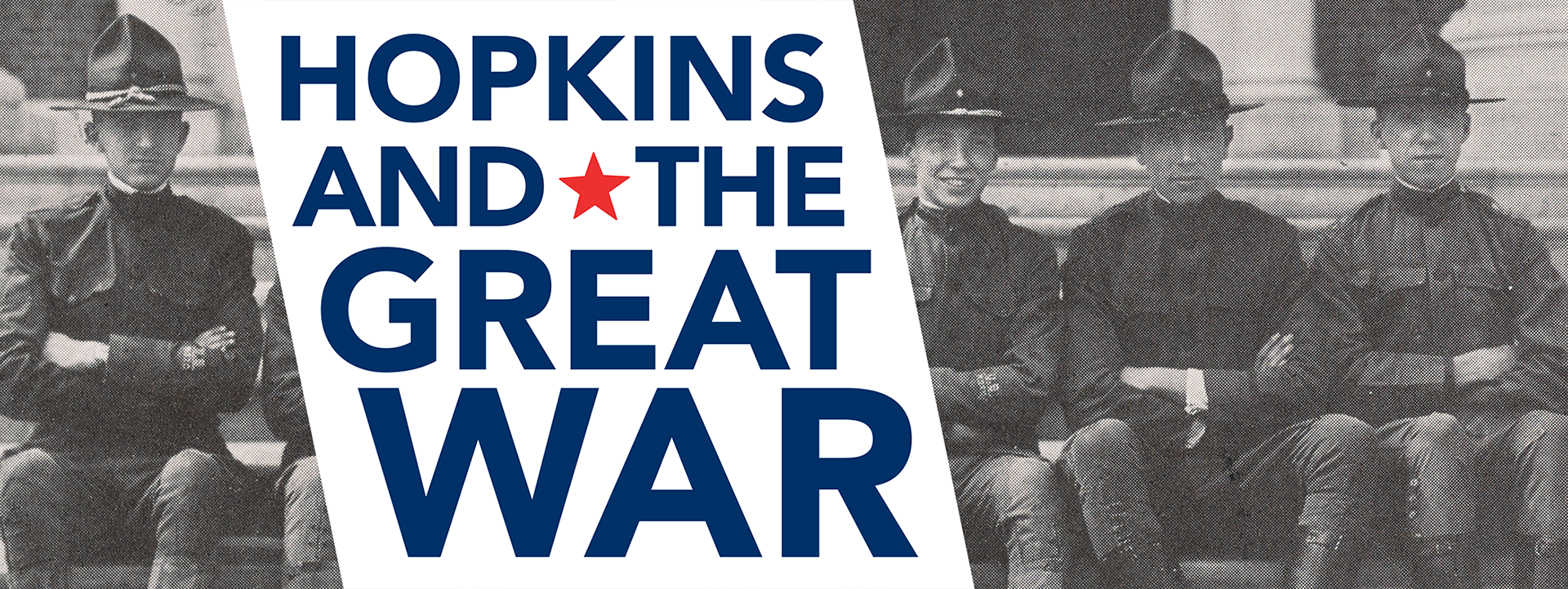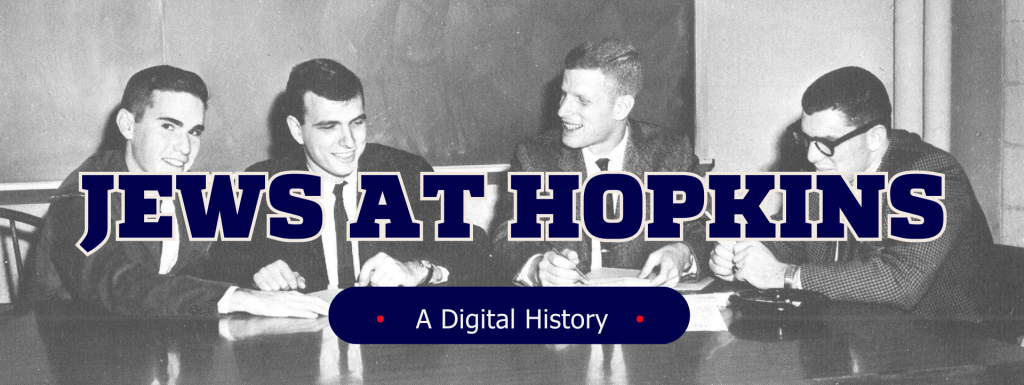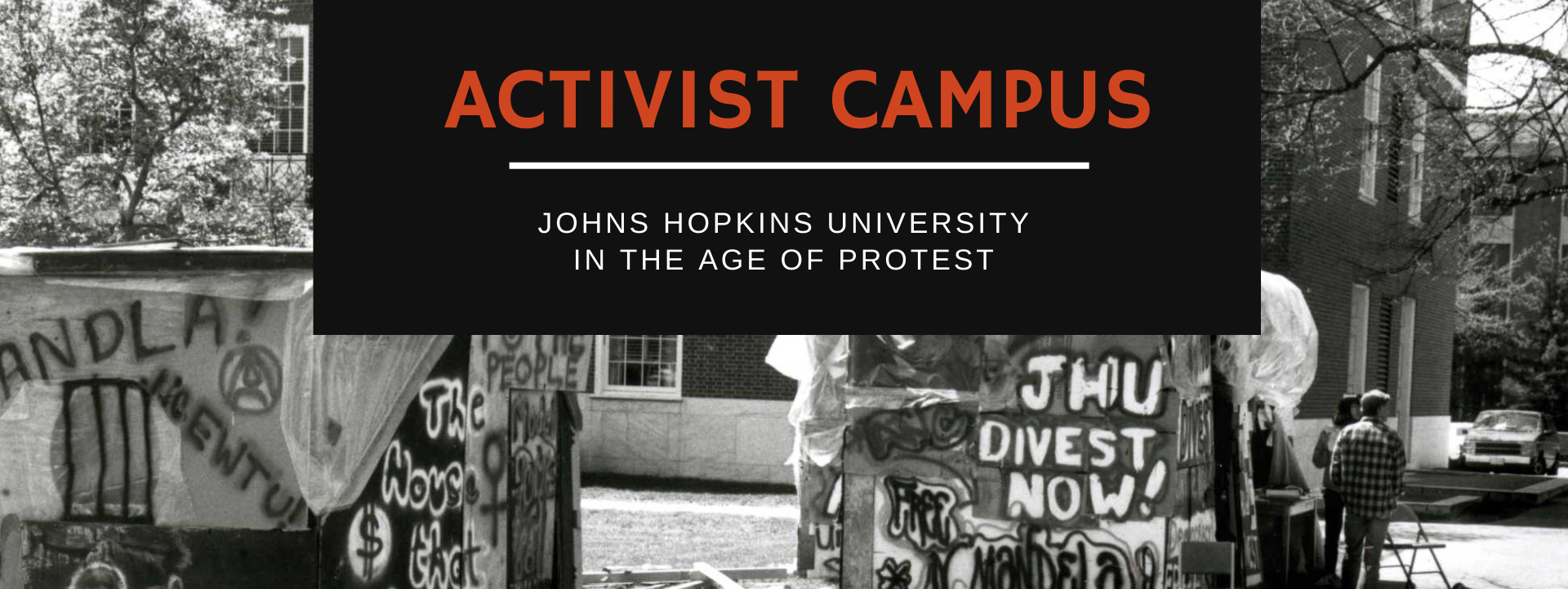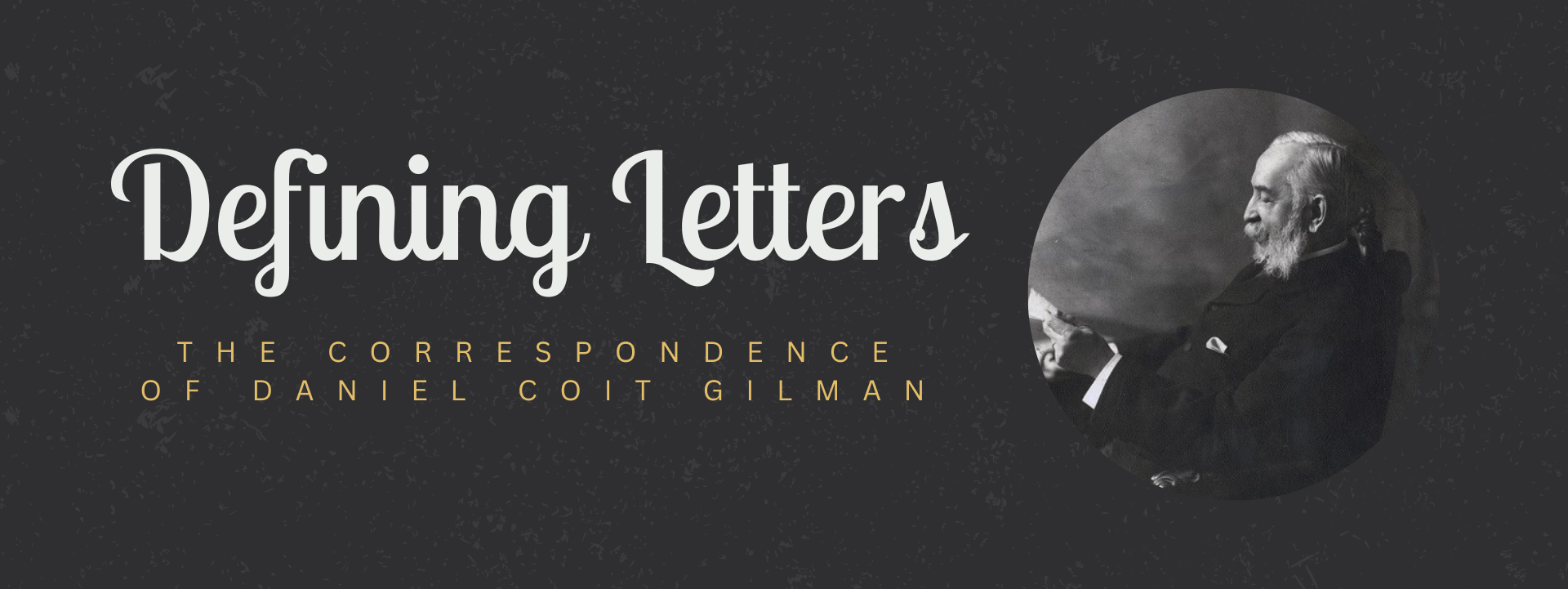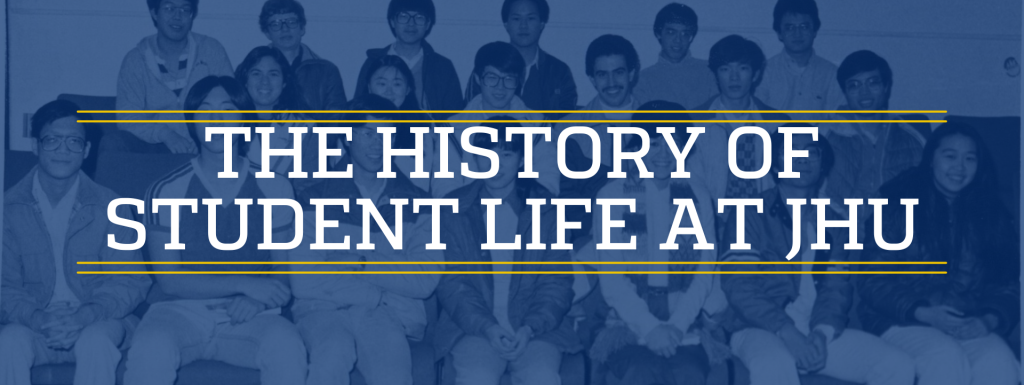October 21, 2025 – January 10, 2027
Homewood Museum
On view with regular admission, Free-$12
In conjunction with the 250th anniversary of the United States and the 150th anniversary of Johns Hopkins University, this house-wide exhibition explores Homewood’s 224-year history, from its 1801 construction for the family of Declaration of Independence signer and enslaver Charles Carroll of Carrollton, through its 1902 acquisition by Johns Hopkins University, to its 1980s restoration and launch as a historic house museum. Using archival photography, textiles, student diaries, historic documents, furniture, oral histories, and more, the exhibition amplifies the voices of those who lived, worked, or learned at Homewood, allowing visitors to understand how individual histories contribute to a larger story of the house, the university, and the United States. Read more here.
The exhibition and related programming are made possible, in part, by the Johns Hopkins University Sesquicentennial Celebration, with additional support from John Guess, A&S ’71, SAIS ’76 (MA); Hopkins Retrospective; and the Program in Museums & Society at the Krieger School of Arts & Sciences.
Learn more about the exhibition

